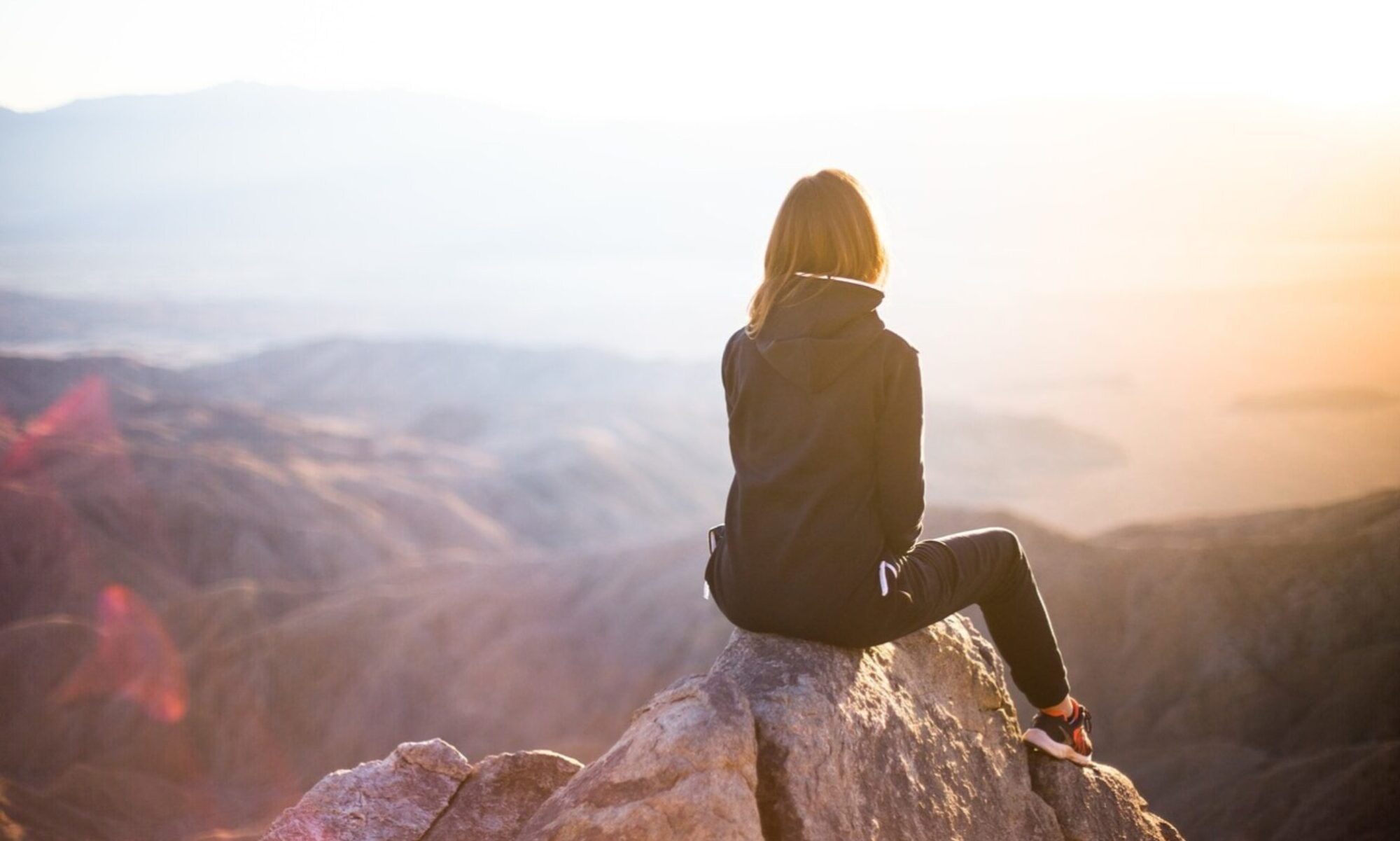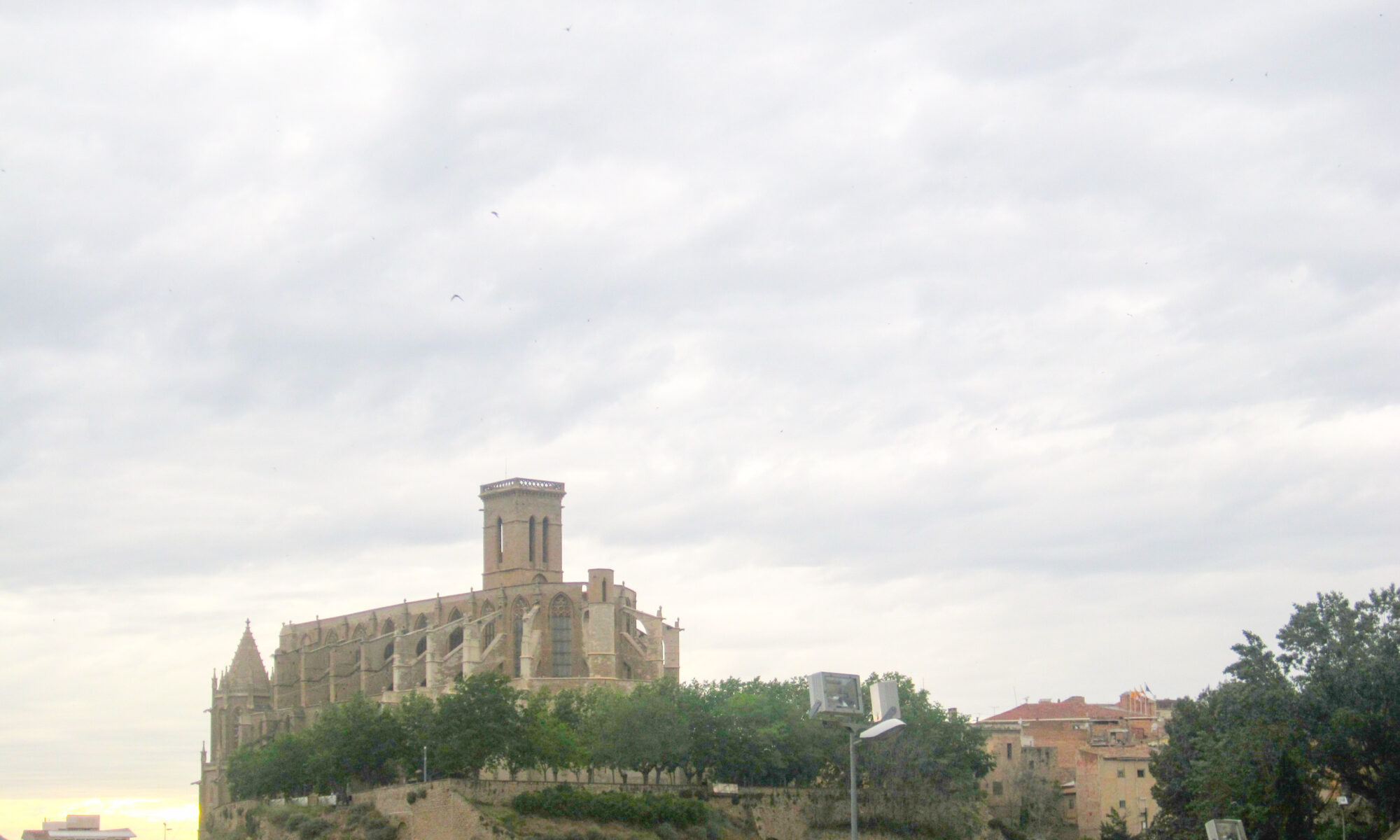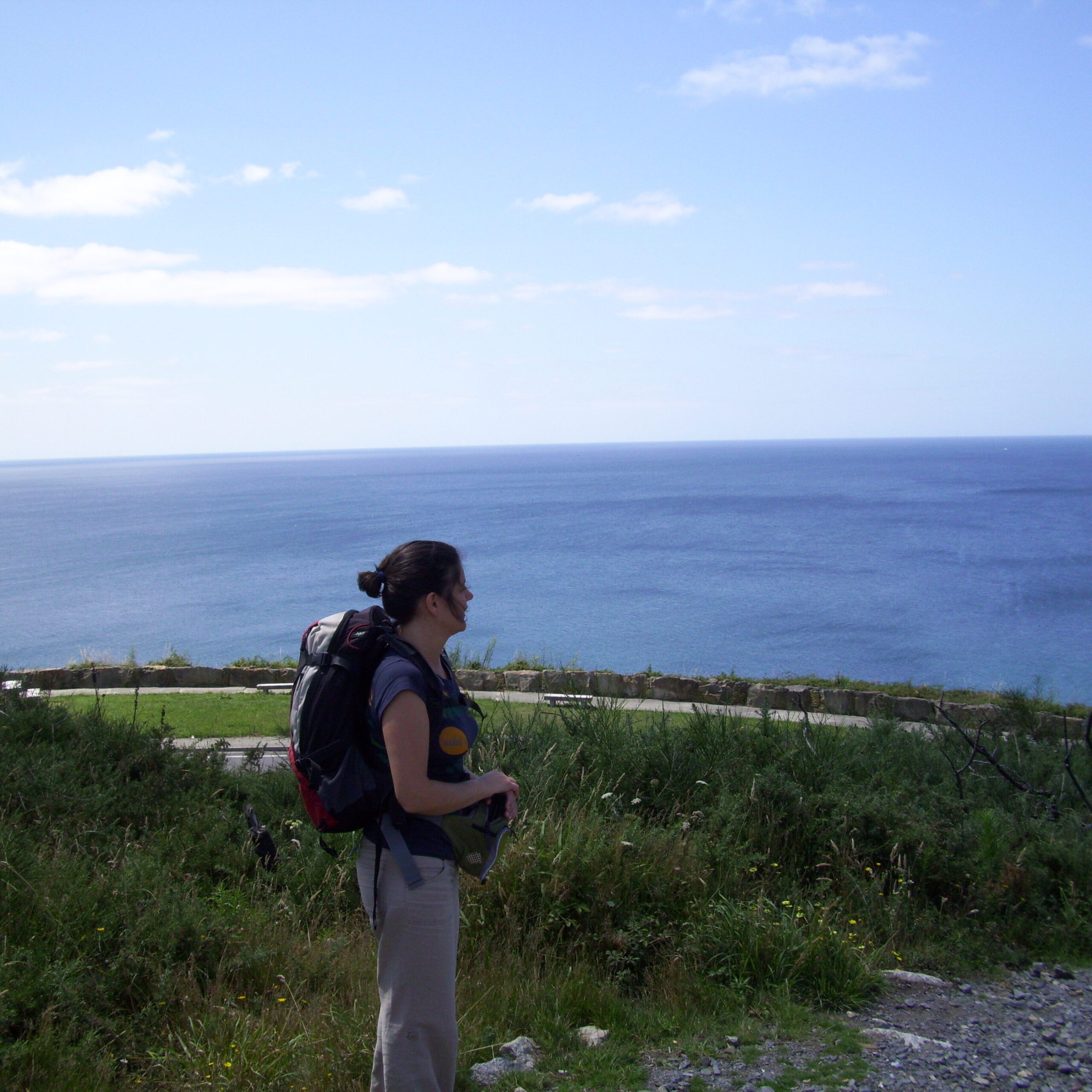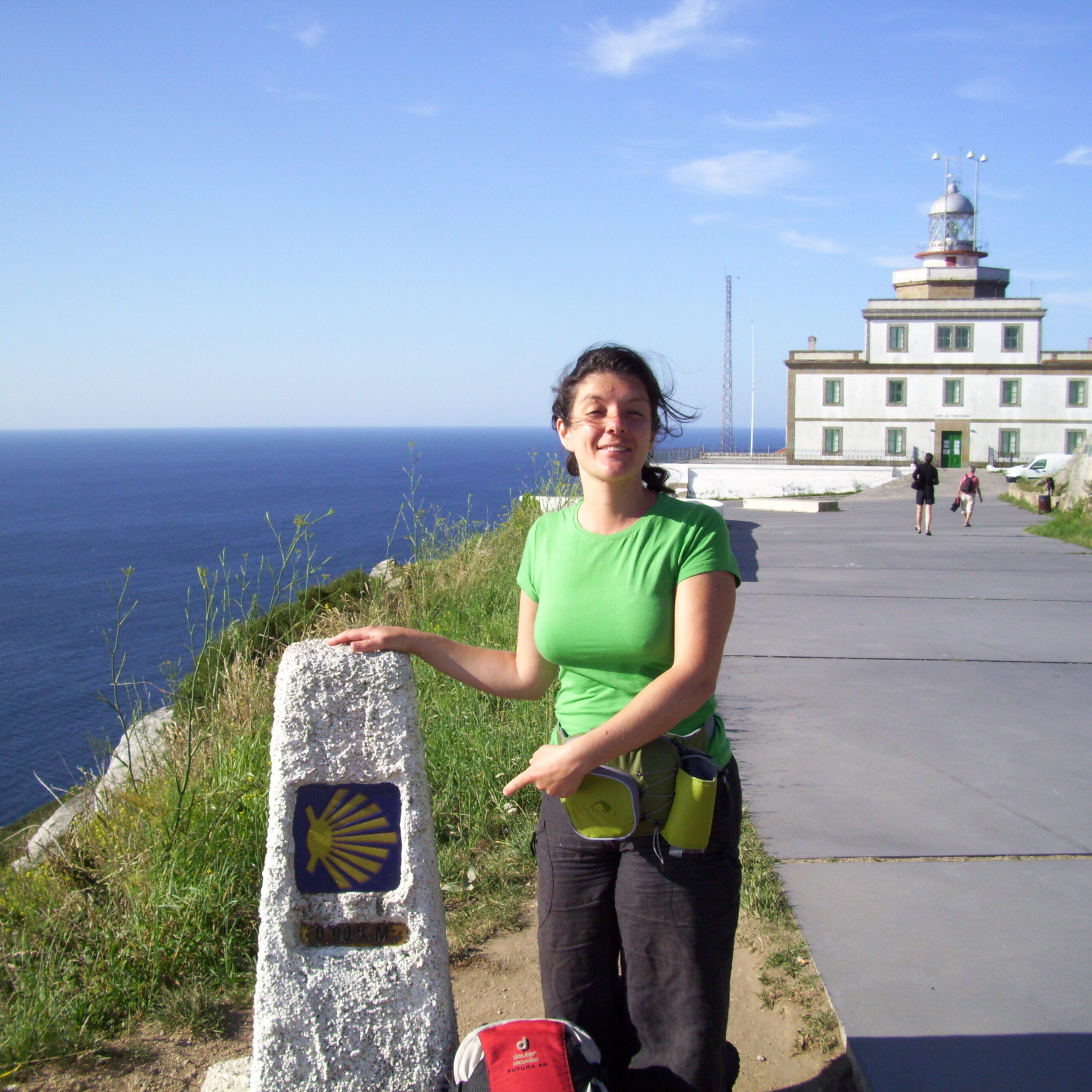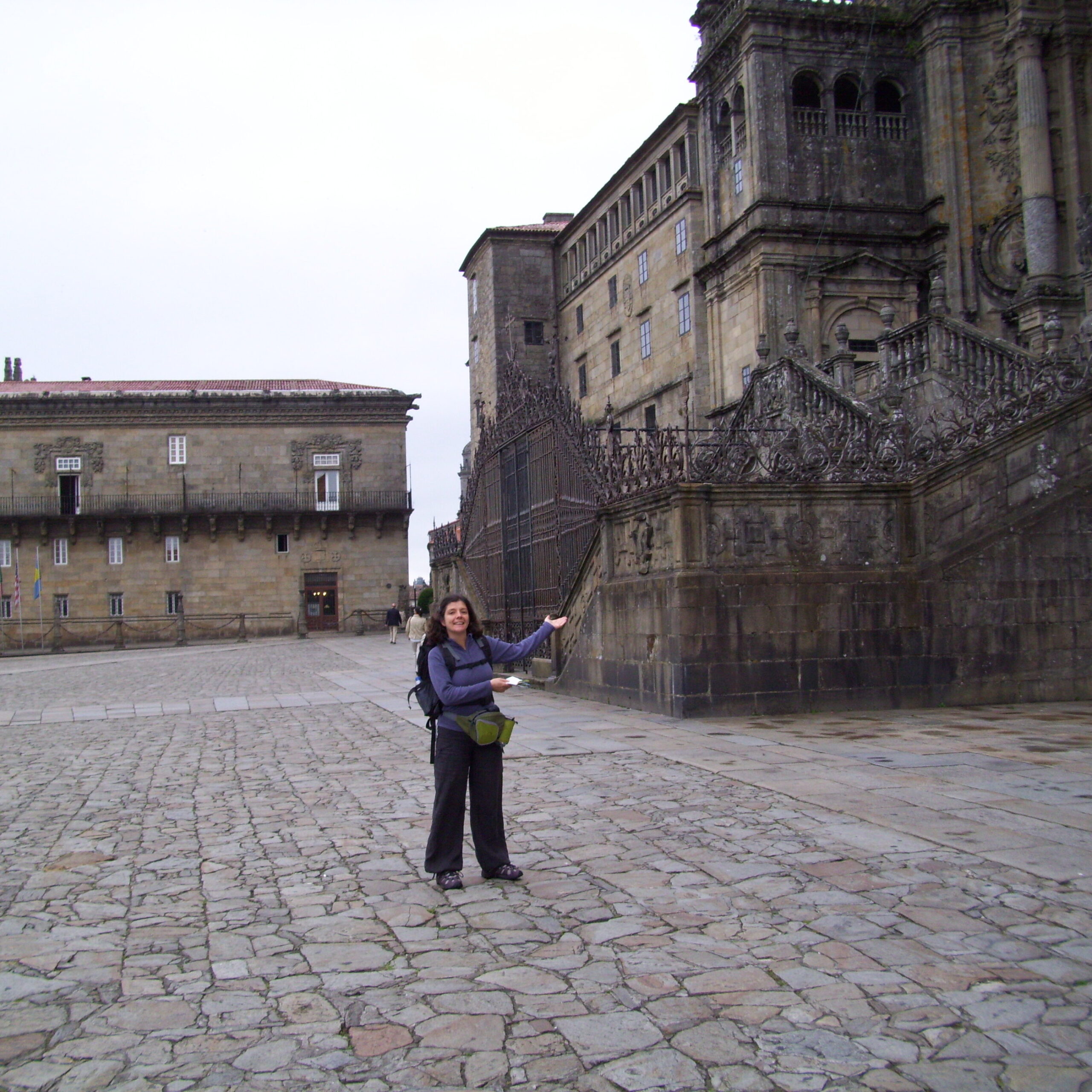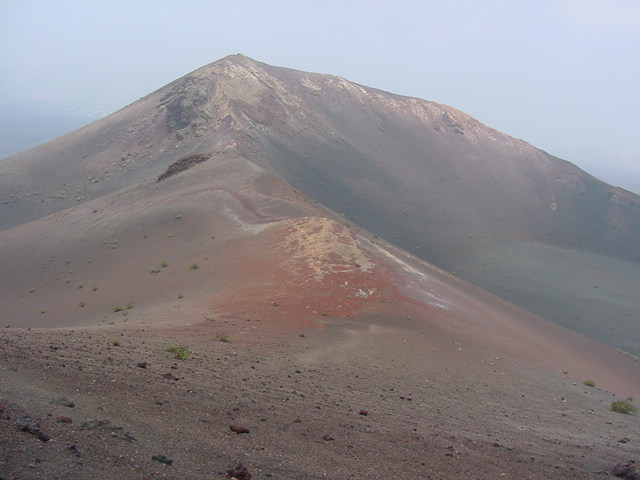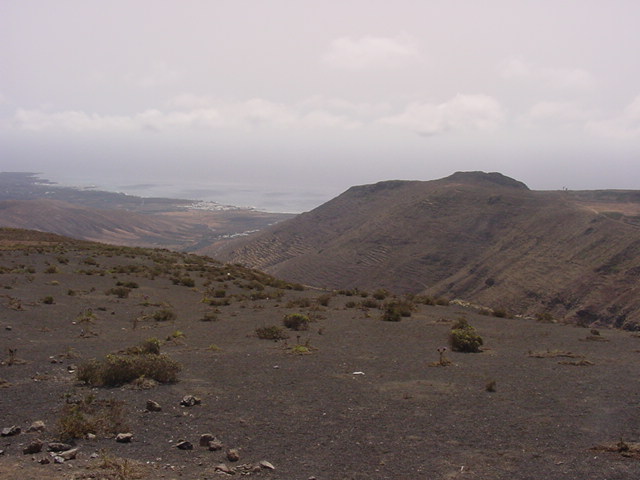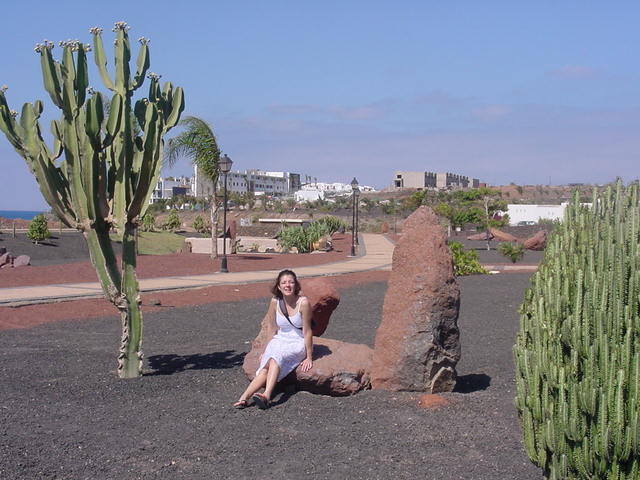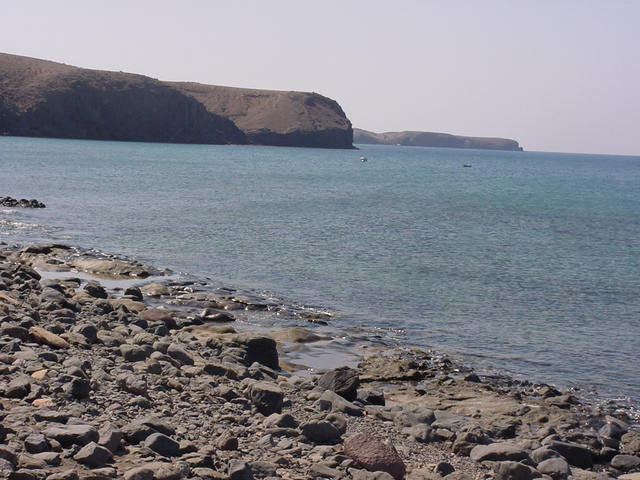What’s so special about Manresa, an industrial city in central Catalonia, Spain? Why should I go there? Little did I know that, on that morning, as I resisted getting on the bus that would take me there, I was about to change my entire perception about faith.
At first glance, it seemed that apart from the famous Santa Maria de la Seu Basilica and St. Ignacio de Loyola’s cave, there was little else to see in Manresa. My mind kept telling me that it wasn’t worth the visit. Staying a few more days in Montserrat to explore it more deeply felt like a better option. But despite the noise in my head, something unexplainable kept pushing me there.
Upon arriving, I was greeted by cloudy and uncomfortably hot weather. It didn’t help with my grumpiness. I went up and down the street but couldn’t find the restaurant that had promised me the best vegetarian paella. Then I decided to look up instead of down, and there it was: on the first floor of a building, the door opened to a beautiful white dining room. When the paella arrived, accompanied by the welcoming smile of the chef, I realized I was putting too much effort into maintaining my bad mood. Everything was delicious and done with so much dedication. Even if it was only to honor the Chef’s work, I needed to surrender to what was and summon a more relaxed state of mind.
And there it was, my first wise decision of the day: to change my mood. As is often the case, reality started to change accordingly. From then on, I started to realise that Manresa was probably the right place to be at that exact moment of my life. I just needed to be willing to give it a chance. Why?
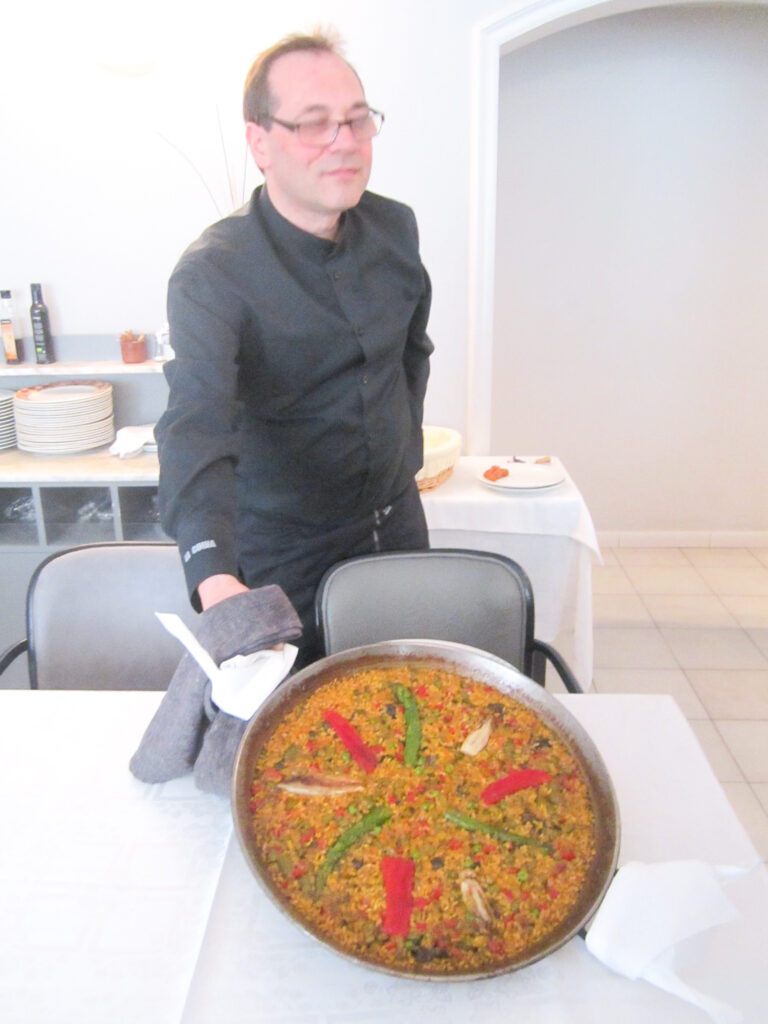
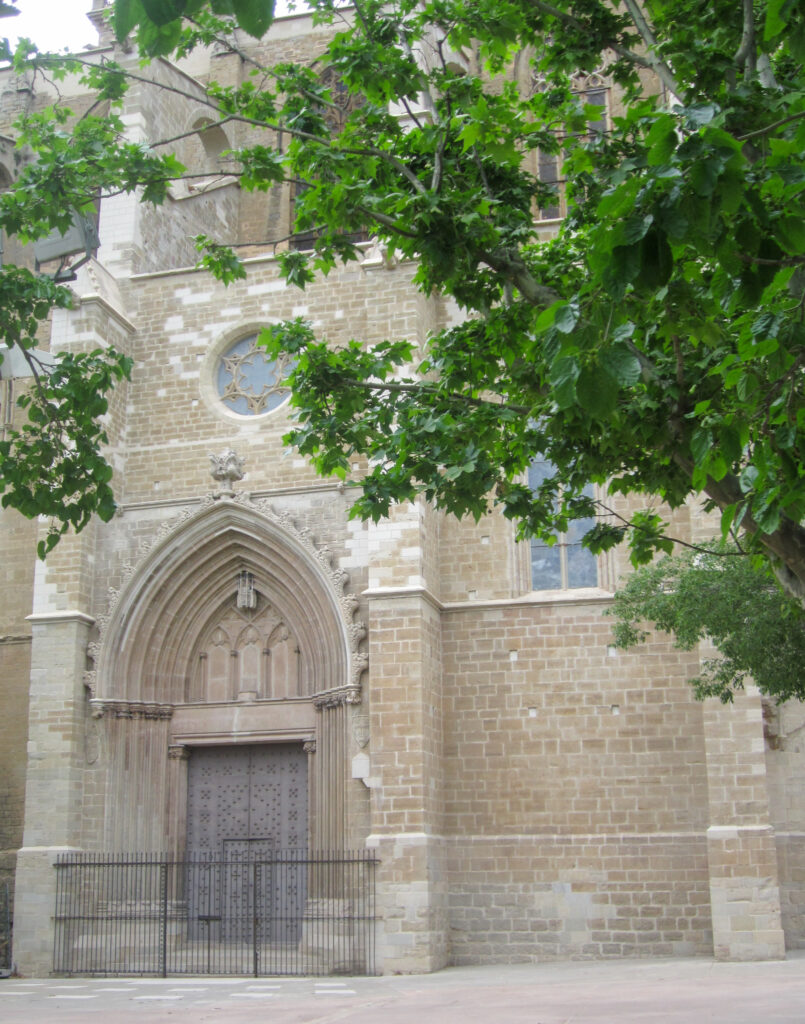
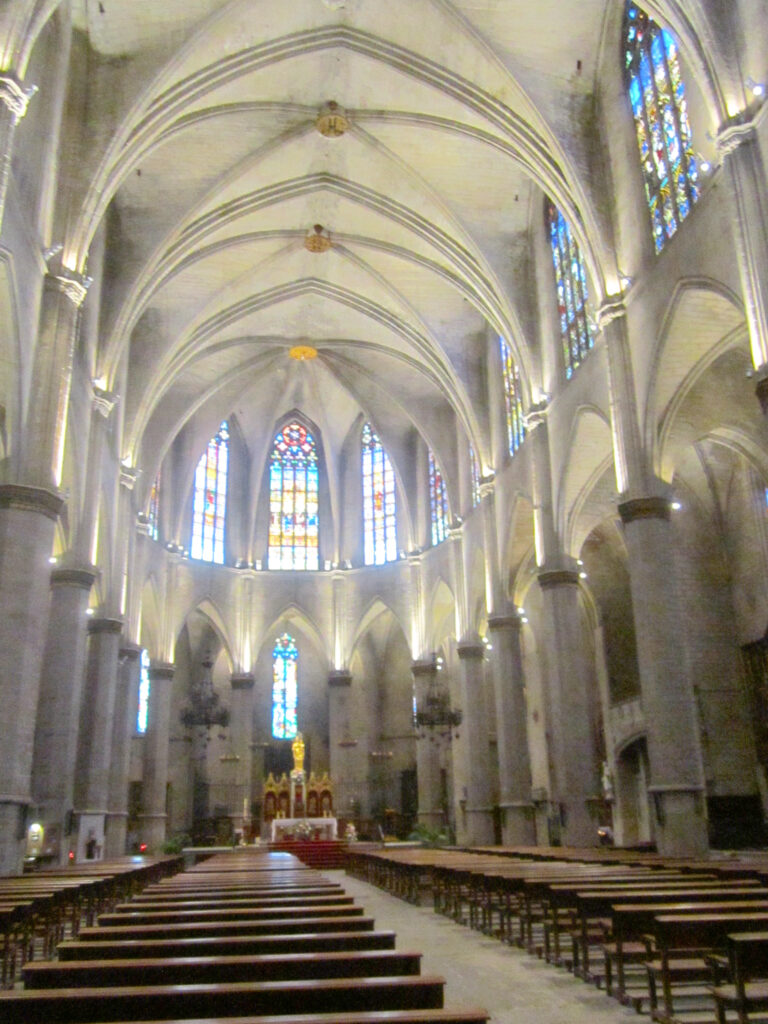
Enter Jordi Piñero, a historian and investigator whose work is focused on the holistic aspects of Manresa’s historical monuments. He invited me to visit the Cathedral as he started explaining how it was carefully built in a very special place: a strong telluric current – a geomagnetic movement generated by Earth’s magnetic field, flowing parallel to its surface. Or, from another perspective, an energy field with the power to influence our well-being. My skeptical brain looked at a gothic Catholic church from the 16th century and wondered if this was not just a coincidence. Back in those days, people didn’t have our knowledge and surely they didn’t have the proper modern scientific gadgets to measure all these currents and geomagnetic movements.
There was more inside. As I followed him in, Jordi explained that the cross-shaped structure of the building represents a human figure with open arms. Along its centre line, it is possible to observe seven circles. “The 7 chakras,” Jordi said. I asked him how did our ancestors know? How did such a conservative institution as the Catholic church allow it? He just shrugged and explained that chakras have many names. “They represent human potential for spiritual evolution. It is a universal concept.”
The theory “everything is connected” makes perfect sense here. It now seems obvious to find the relationship between concepts of different religions and beliefs in one single monument built more than five centuries ago. I could have stayed there all afternoon listening to Jordi. My long quest to understand faith, the divine, and the meaning of human life was anxious to learn more. But there was more waiting for me, although I wasn’t aware of it yet.
I walked to the Cave of Saint Ignatius, a pilgrimage site where it is said that the Saint spent several months meditating and writing his famous Spiritual Exercises book. St Ignatius arrived there after a long walk of 2000 km from Loyola in the Basque Country, determined to discover, understand, and consolidate his connection with Jesus.
A Jesuit priest opened the cave door and invited me in. The priest briefly narrated the Saint’s life story, ending with a summary of Loyola’s spiritual findings: “To discover the light, one needs to conquer the ego. In order to conquer the ego, one has to surrender.” Surrendering has always been a challenge for me, a control freak. Just the sound of the word made my body retract. But a little tingle in the tip of my fingers awoke a kind of familiar yet new pleasant sensation.
As if he knew what was going on inside of me, from this moment the priest changed his speech from a simple Catholic point of view to the same holistic and integrative theories shared by Jordi earlier in the Cathedral. My host kept explaining that apart from whatever our beliefs are, during the course of our lives, between our 40s and 50s we start experiencing an urge to question, to explore, to transform (check!, I’m exactly there). We can embrace it and become explorers of our inner selves or ignore it and move on to the next phase of our lives. The Jesuits – inspired by Saint Ignatius’ experience – believe that we all should dive deep into this transformational opportunity, offering their expertise to guide anyone who feels the call to embrace the process. “That is the purpose of this Center,” he told me as the elevator door opened to the top floor.
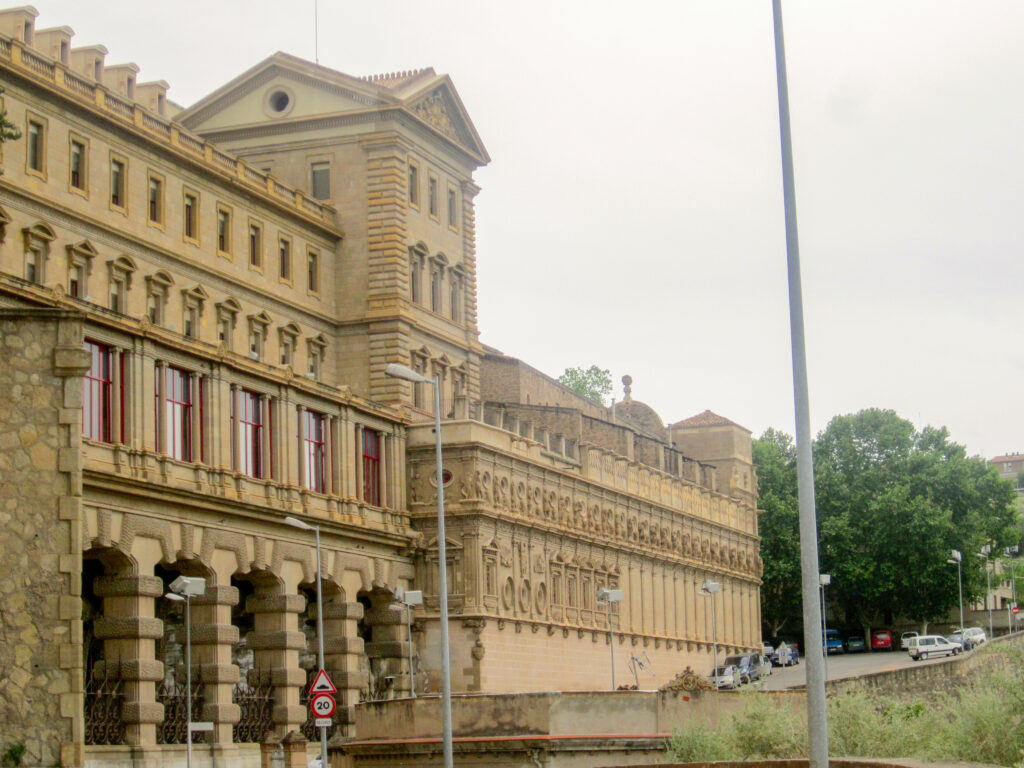
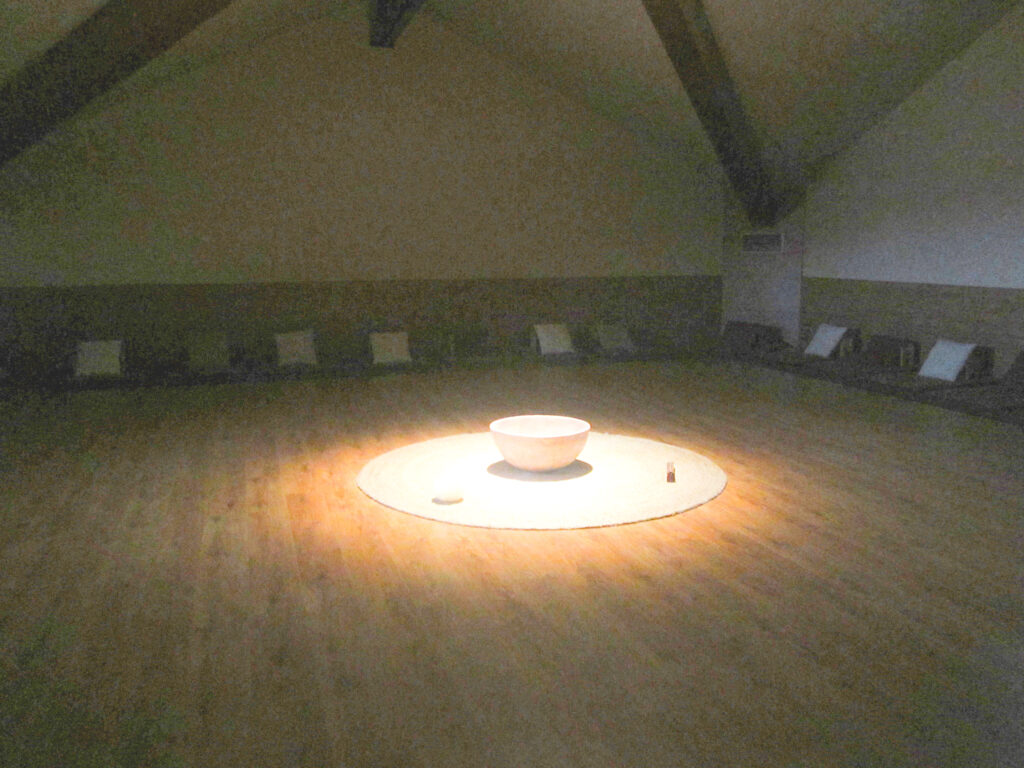
There, he invited me into a large beautiful wooden room with a skylight in the middle illuminating an empty bowl resting directly below it. “We don’t care if you are a Buddhist or a Muslim or a non-believer. As long as you enter this meditation room with your inner bowl empty, if you silence your ego, if you surrender, you can experience the light filling your space. This is what Saint Ignatius realized on the 24th of March 1522, the day he became enlightened.” The moment the priest mentioned the date, the tingling sensation exploded through my whole body.
Throughout the day, I had been learning all these theories as if they were answers to my inner doubts about faith and religion. I was starting to understand that maybe we don’t need this or that symbolism to ignite our spirituality. It was becoming clear that it is not Christianity or Hinduism or Islam or New Age theories that hold the ultimate truth to transcendence. I was realizing that as long as I was determined to follow the path of self-discovery, I could become a better human being. By doing that, I would be fulfilling my share of the greater good of humankind.
As these thoughts were running through my mind, the priest mentioned that special date. A date so familiar and so important to me. It was as if that little detail had the power to hook all that I had heard so far and anchor it deep inside myself. On the same day, March 24th, but 450 years apart, I was born. Saint Ignatius solved the mystery of existence on the same day I arrived in this world, 5 centuries after.
At any other moment, I would only find it a funny coincidence and move on. But this day had become so full of revelations and epiphanies that I decided to accept it as a sign.
So, I – a skeptic, a woman of poor faith, an explorer of mysticism always looking for its flaws – I surrendered. I surrendered to that day and all it had offered me, I surrendered to my stubbornness and bad mood, I even momentarily surrendered to my ego.
What’s so special about Manresa? Now I know: It is the place where after so many years scattered, wandering around, I made peace with my faith. My God, what a long way I have ahead of me now!
